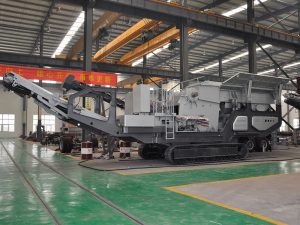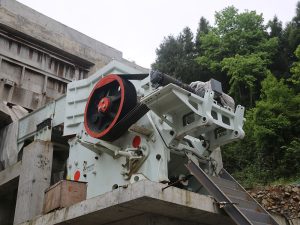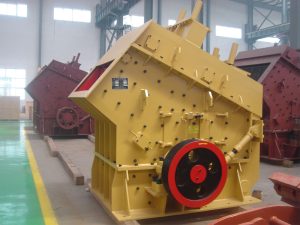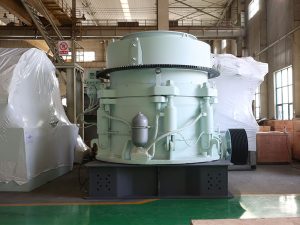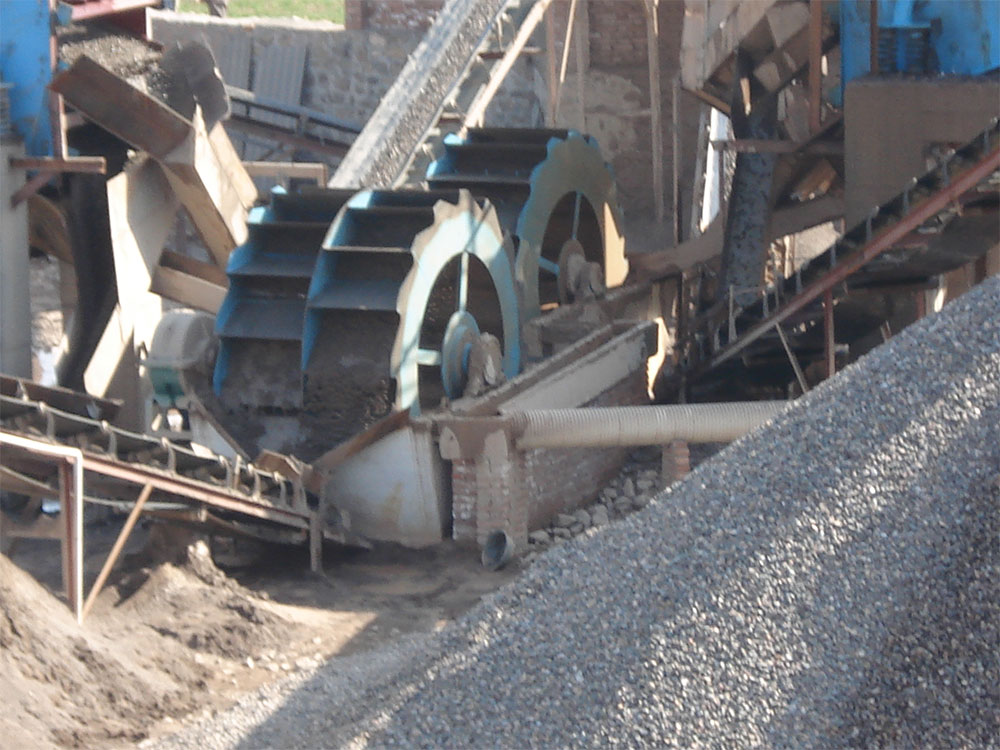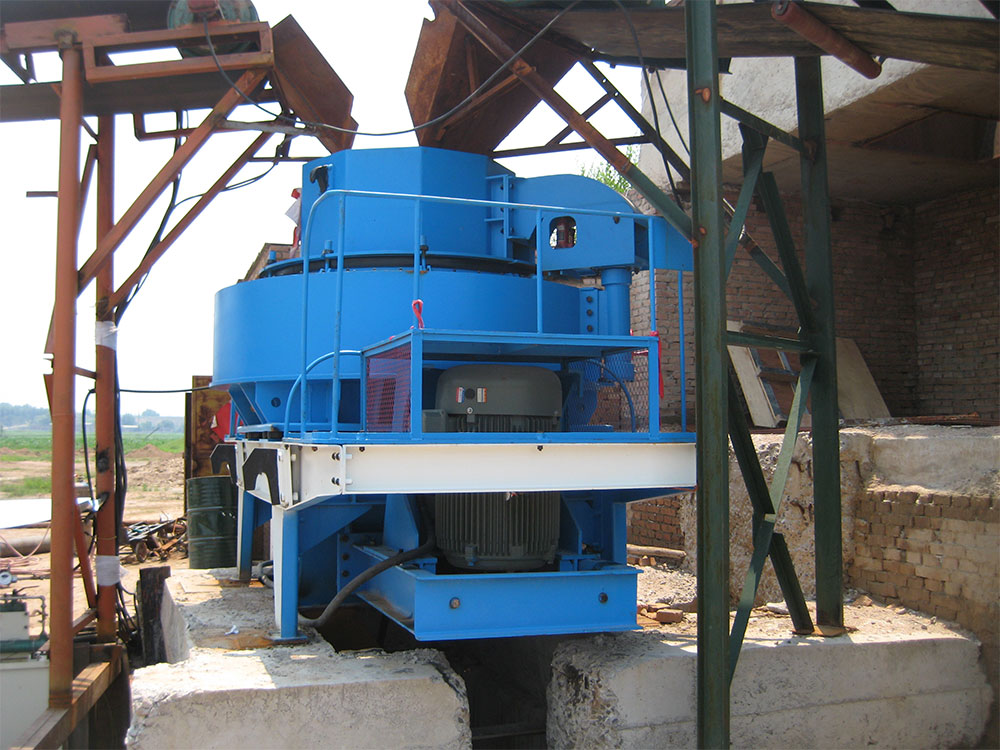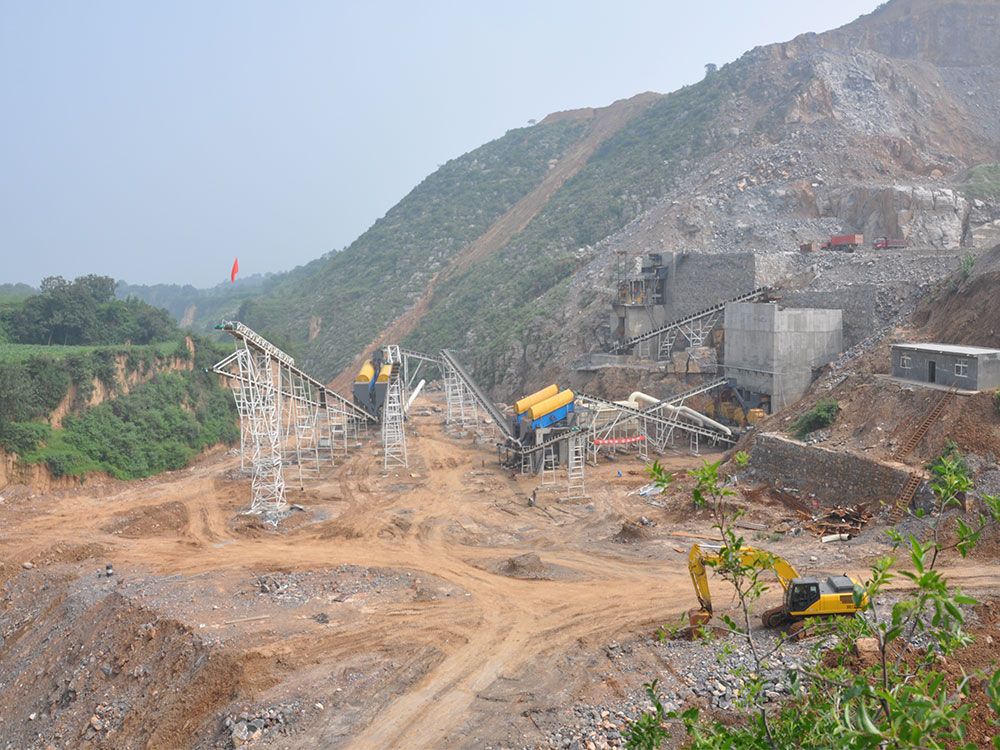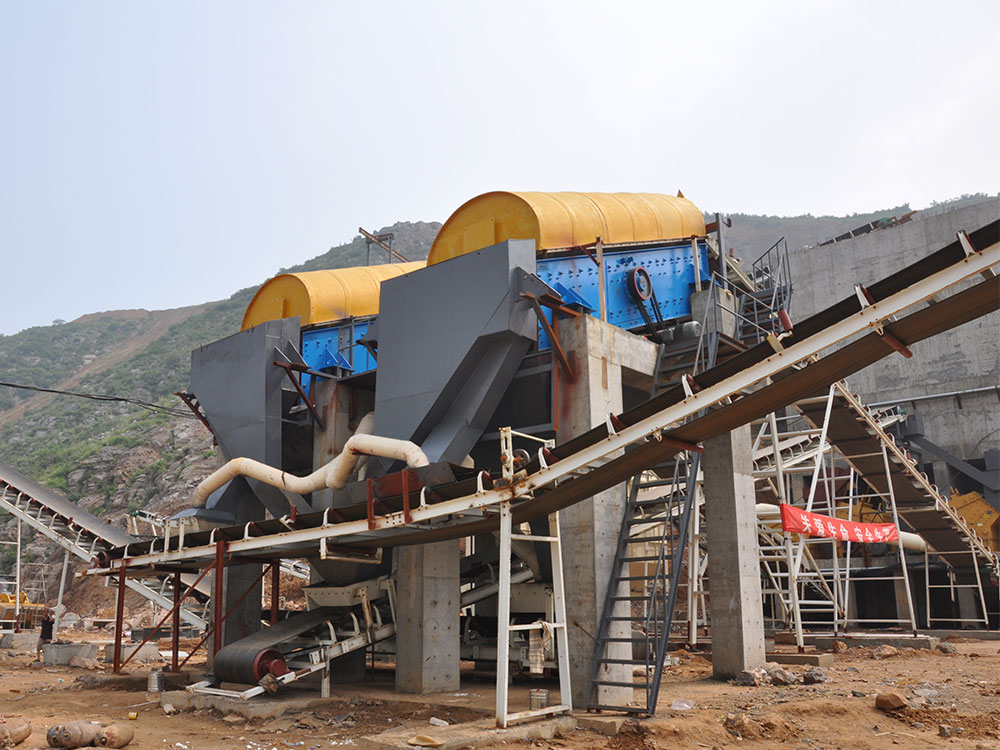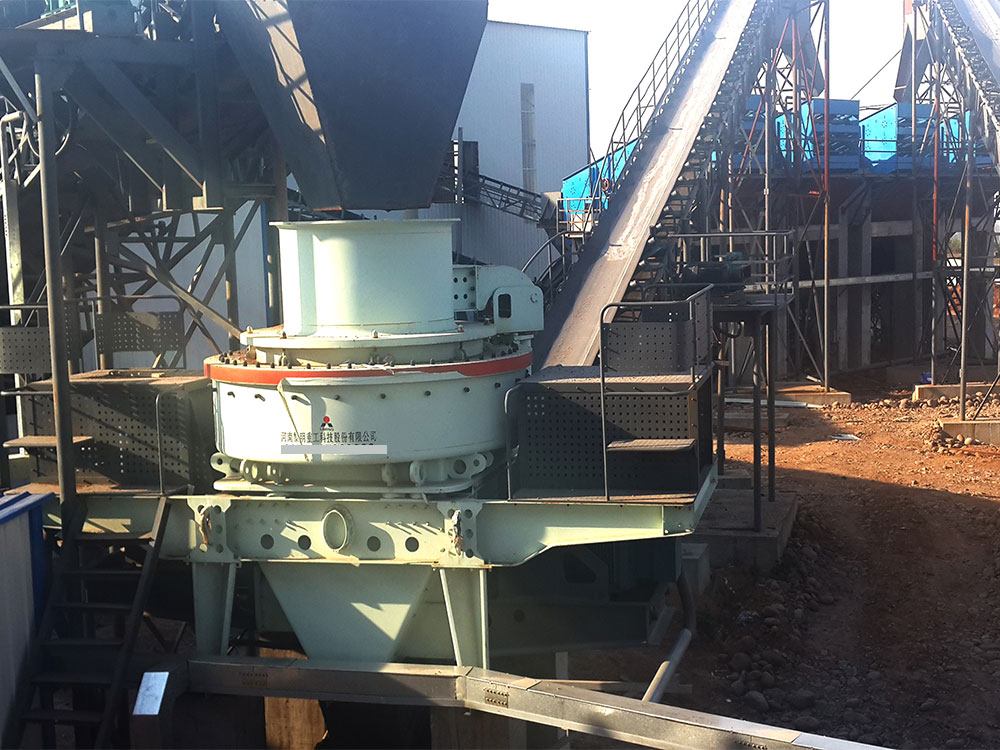Configuring limestone water-washed sand production equipment to achieve a complete solution from raw materials to finished products requires comprehensive consideration of raw material characteristics, production line configuration, equipment selection, and subsequent processing. The following is a detailed configuration plan:
I. Raw Material Preparation
Raw Material Characteristics: Limestone is a rock with moderate hardness and ease of crushing, making it suitable for sand production. Before configuring water-washed sand production equipment, it is essential to ensure the stability of limestone quality and appropriate particle size.
Raw Material Storage: The raw material yard should be equipped with storage silos or stockpiles to store sufficient limestone raw materials to ensure continuous operation of the production line.
2. Production Line Configuration
Based on raw material characteristics and production requirements, the production line configuration for limestone water-washed sand equipment can be divided into two scenarios:
Existing Limestone Mechanically Produced Sand Finished Product
Configuration Plan: Only water-washed sand equipment, such as a wheel-type sand washer, is required.
Equipment Selection: Select a wheel-type sand washer with high washing efficiency and strong processing capacity, and determine the equipment model based on production requirements.
Processing from Raw Materials
Configuration Scheme: It is necessary to configure crushing equipment, sand-making machines, water-washed sand equipment, and conveying equipment, etc.
Equipment selection:
Crushing equipment: Based on the hardness and particle size of the limestone, select a jaw crusher for coarse crushing, and an impact crusher or cone crusher for medium and fine crushing.
Sand-making machine: Select an impact-type sand-making machine to process the crushed limestone into sand particles that meet the required specifications.
Sand Washing Equipment: Install a wheel bucket sand washer or spiral sand washer to clean the finished sand after sand making, removing impurities and silt.
Conveying Equipment: Select belt conveyors or vibrating feeders for conveying raw materials and finished sand.
III. Equipment Selection and Layout
Equipment Selection: Select reliable and stable equipment to ensure the stable operation of the production line. Additionally, consider the energy efficiency and environmental friendliness of the equipment to reduce production costs and environmental impact.
Equipment Layout: Plan the equipment layout reasonably based on the production line process and equipment selection. Ensure smooth coordination between equipment to minimize material loss and energy consumption during transportation. Additionally, consider the safety and convenience of operators by setting up reasonable operating platforms and pathways.
IV. Post-Processing and Quality Control
Dehydration Treatment: After washing, the sand requires dehydration treatment. This can be achieved using vibrating screens or dehydration screens to enhance sand quality and utilization.
Quality Control: During production, strict quality inspection and control must be conducted on raw materials, semi-finished products, and finished products. Through sampling and testing, ensure that product parameters such as particle size, clay content, and stone powder content comply with national standards and customer requirements.
5. Case References and Budget Assessment
Case References: You can refer to case studies of limestone washed sand production lines with similar scales and production requirements to understand equipment selection, layout, operational performance, and cost investment.
Budget Assessment: Conduct a detailed budget assessment based on equipment selection, production line configuration, and subsequent processing requirements. This includes equipment purchase costs, installation and commissioning fees, operational maintenance costs, and personnel expenses. Ensure that the investment is reasonable and the return is substantial.
In summary, configuring limestone washed sand production equipment requires comprehensive consideration of multiple aspects, including raw material preparation, production line configuration, equipment selection and layout, subsequent processing and quality control, and budget assessment. Through scientific and reasonable configuration and layout, a complete solution from raw materials to finished products can be achieved, thereby improving production efficiency and quality standards.


